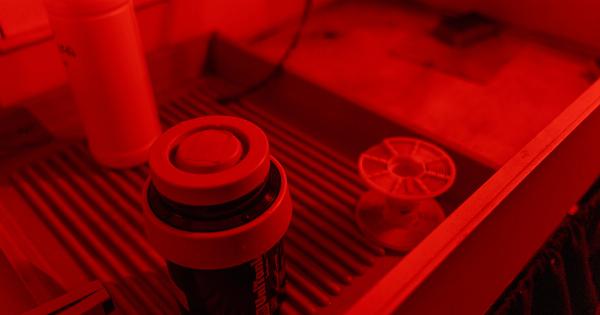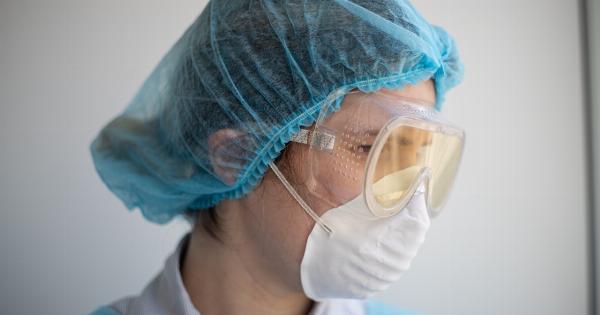The study of post-mortem examinations for animals and humans to investigate the cause and manner of death is called pathology.
Necropsy and necrotomy are two terms related to pathology that are often used interchangeably but, in reality, have different meanings. This article aims to explain the key differences between necropsy and necrotomy.
What is Necropsy?
Necropsy is the examination of the body of a dead animal to determine the cause of death. It is also known as an autopsy or post-mortem examination.
Necropsy requires the animal to be dead to complete the examination, so it is generally carried out for animals that have died of natural causes or have been euthanized. Necropsy involves a thorough external examination of the body, followed by internal examination of the organs, tissues, and fluids.
Sample collection for histology, microbiology, and toxicology analysis may also be required to identify the cause of death.
Necropsy is commonly carried out in veterinary medicine to determine the cause of death of domestic, farm, or wild animals.
It is also carried out in research to investigate diseases, parasites, and other biological factors that affect animal health and welfare. Necropsy is essential for disease surveillance and control, as well as for improving the understanding of the pathogenesis of diseases and evaluating the efficacy of treatments and vaccines.
What is Necrotomy?
Necrotomy, also known as a dissection or autopsy, is the surgical examination of the body of a dead human to determine the cause of death.
Like necropsy, necrotomy requires the person to be deceased to complete the examination, so it is typically done when there’s a sudden or unexpected death, such as homicide or suicide. Necrotomy involves a thorough external examination of the body, followed by internal examination of the organs, tissues, and fluids.
Sample collection for histology, microbiology, and toxicology analysis may also be required to identify the cause of death.
The main difference between necrotomy and necropsy is that necrotomy is carried out on human beings, while necropsy is carried out on animals.
Necrotomy is required for forensic investigations or legal proceedings, and the information obtained from the procedure can be used in courts as evidence. Necrotomy is crucial to determine the cause and manner of death, which is essential for law enforcement and medical professionals to make informed decisions about criminal investigations, for example.
Key Differences between Necropsy and Necrotomy
Although necropsy and necrotomy are related in that they both involve the examination of dead bodies to determine the cause of death, there are key differences between the two. Here are some of the main differences:.
Purpose
The purpose of necropsy is to determine the cause of death of animals while the purpose of necrotomy is to determine the cause of death of human beings.
Necropsy is mainly used in veterinary medicine and research, while necrotomy is mainly used in forensic investigations and legal proceedings.
Procedure
The procedure for necropsy and necrotomy is very similar in that both require a thorough external examination of the body, followed by internal examination of the organs, tissues, and fluids.
However, in necrotomy, the process is more formalized and regulated, with strict protocols and guidelines that must be followed to ensure the accuracy and reliability of the results.
Sample Collection
Sample collection is an essential aspect of both necropsy and necrotomy. In necropsy, samples are collected for histology, microbiology, and toxicology analysis to identify the cause of death.
In necrotomy, samples are collected for toxicology analysis, DNA fingerprinting, and other tests that may be required for forensic investigation and legal proceedings.
Legal Implications
While necropsy is not typically associated with legal proceedings, necrotomy is closely linked to the legal system.
The information obtained from a necrotomy can be used as evidence in court to determine the cause and manner of death, which is essential for legal proceedings and criminal investigations.
Conclusion
In conclusion, necropsy and necrotomy are two terms related to pathology that have different meanings.
While necropsy is the examination of the body of a dead animal to determine the cause of death, necrotomy is the surgical examination of the body of a dead human to determine the cause of death. Despite their similarities, necropsy and necrotomy have different purposes, procedures, and legal implications.
Both procedures play an important role in the field of pathology, and their results are used to promote animal and human welfare, disease surveillance and control, medical research, and forensic investigations.





























